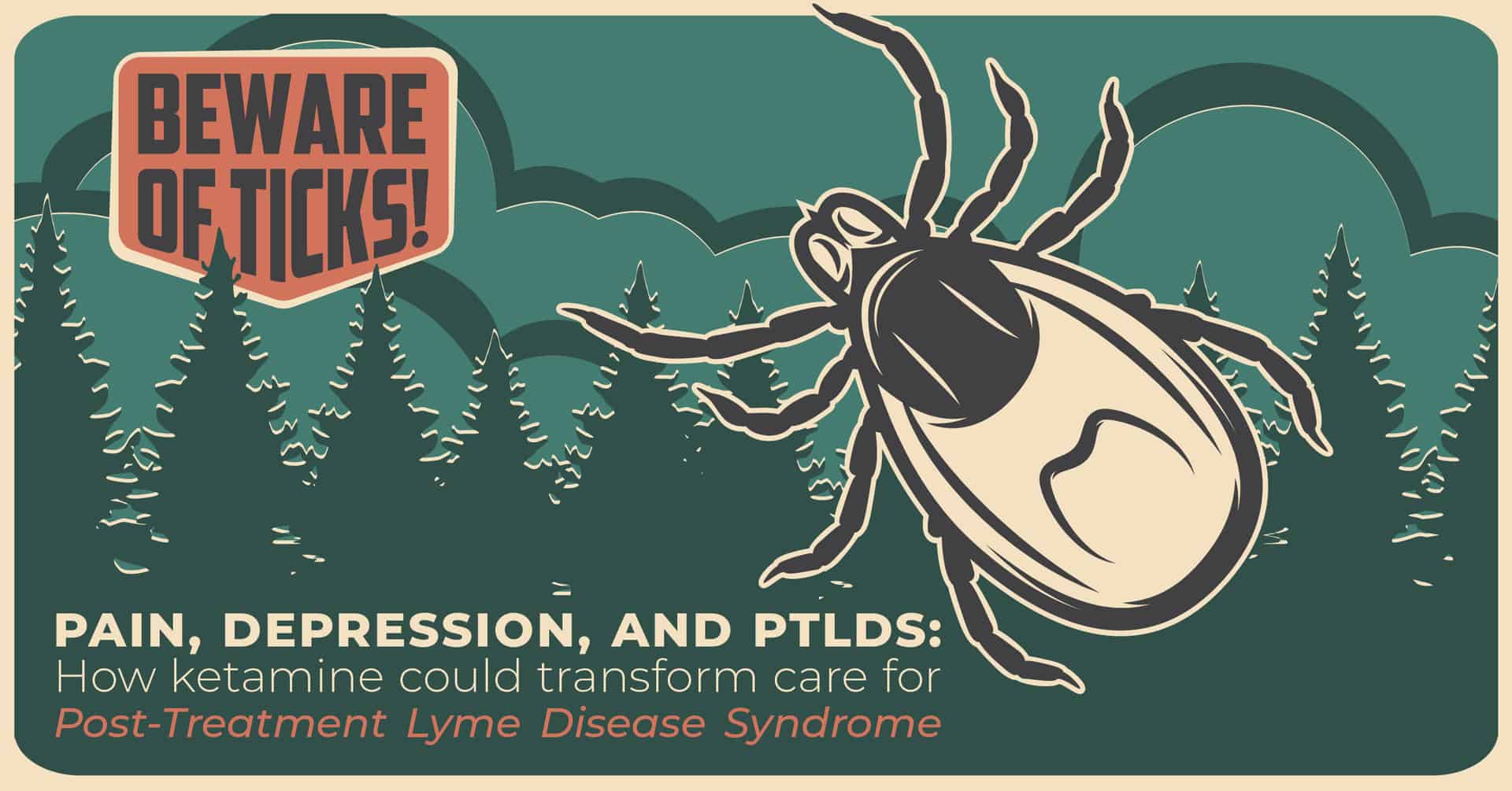May is National Lyme Disease Awareness Month. For support, research updates, and other important resources for patients and family, visit The Lyme Disease Association. To connect with a local support group, see The Lyme Disease Network.
Each year, nearly 500,000 Americans are diagnosed with Lyme disease–and this number continues to climb.1 While some patients experience a full recovery after treatment, many have found that complications of Lyme persist long after the initial diagnosis.
When Lyme disease is caught early, it can be cured by antibiotics (like doxycycline and amoxicillin) within a matter of weeks. However, many who suffer from this condition have experienced symptoms that persist or worsen after antibiotic treatment. Post-Treatment Lyme Disease Syndrome (PTLDS) is a condition in which symptoms of Lyme disease are reported for months or even years after the initial diagnosis.
Because of how difficult it is to cure, there is no widely-accepted treatment for PTLDS.
Living with Post-Treatment Lyme Disease Syndrome (PTLDS)
Recent studies have shown that around 1 in 10 patients develop PTLDS after receiving treatment for Lyme disease.2 Symptoms that can persist after treatment include:
- Aching pain in the joints or muscles (myalgia)
- Swelling of the joints
- Fatigue
- Depression
- Inability to concentrate
- Poor short-term memory
For many patients, these symptoms are interconnected. If you suffer from chronic pain, for example, the struggles of day-to-day life can be overwhelming to the point of causing depression and anxiety. For others, mental symptoms like fatigue make it difficult to stay active, leading to worsening physical pain and a depressed state of mind.
As treatments like antibiotics prove ineffective for alleviating symptoms of PTLDS,3 the need for a solution becomes more urgent. There is a growing demand for a treatment that delivers results–and ketamine could hold answers.
Can ketamine help PTLDS?
While ketamine cannot cure Lyme disease, there is growing evidence for its potential to treat symptoms of Post-Treatment Lyme Disease Syndrome.
A 2017 case study4 followed the difficult journey of a patient suffering from PTLDS. She was first prescribed opioids for chronic pain, which eventually led to symptoms of opioid dependence. As treatments including fentanyl, clonazepam, and oxycodone failed to provide pain relief, the patient also experienced severe anxiety, depression, and suicidal ideation. These symptoms persisted until, at the suggestion of her doctors, she sought ketamine infusion therapy.
For this patient, the impact of ketamine on the chronic pain, anxiety, and depression associated with PTLDS was life-changing. According to researchers, the patient “achieved relief from her chronic pain, an improved quality of life, reduced depression and suicidal ideation, and reduced opioid consumption.”3 In this case ketamine was effective not just for treating pain, but also for reducing substance dependence. As ketamine reduces symptoms of pain and depression, the need for medications like opioids and benzodiazepines may go down.
While more research is needed, the precedent set by this case is promising: The effectiveness of ketamine in treating both chronic pain and mental health conditions is already well-established. It makes sense, then, that depression, pain, and substance dependence caused by chronic illnesses may be relieved by ketamine infusion therapy. As further studies are conducted, researchers may find ketamine to be an unexpected remedy for PTLDS and other illnesses that lack effective treatments.
Looking forward: The future of PTLDS Treatment
Ketamine therapy is not approved for the treatment of Lyme disease or PTLDS, but evidence so far indicates that it may provide crucial symptom relief. The success of ketamine in treating depression, chronic pain, and substance abuse could usher in a bright future for the treatment of chronic illnesses.
Lyme disease was first definitively identified in 1975, which means researchers have had less than 50 years to study the outcomes, effective treatments, and related conditions associated with this disease. While there is no approved treatment for PTLDS today, medical research continues–and ketamine could be the treatment of tomorrow.
More about the Lyme Disease Association
Further Reading: Ketamine for Pain
References
- How many people get lyme disease? Centers for Disease Control and Prevention. https://www.cdc.gov/lyme/stats/humancases.html. Published January 13, 2021.
- Ścieszka J, Dąbek J, Cieślik P. Post-lyme disease syndrome. Reumatologia/Rheumatology. 2015;53(1):46-48. doi:10.5114/reum.2015.50557
- Lyme disease antibiotic treatment research. National Institute of Allergy and Infectious Diseases.https://www.niaid.nih.gov/diseases-conditions/lyme-disease-antibiotic-treatment-research. Published 2018.
- Hanna A, Abraham B, Hanna A, Smith A. Effects of intravenous ketamine in a patient with post-treatment lyme disease syndrome. International Medical Case Reports Journal. 2017;10:305-308. doi:10.2147/imcrj.s137975





